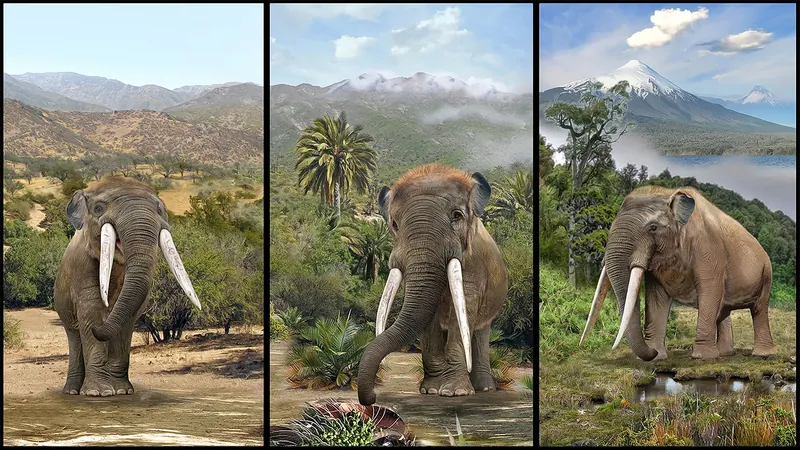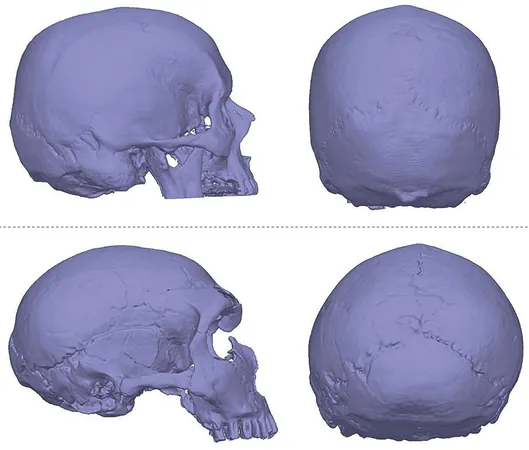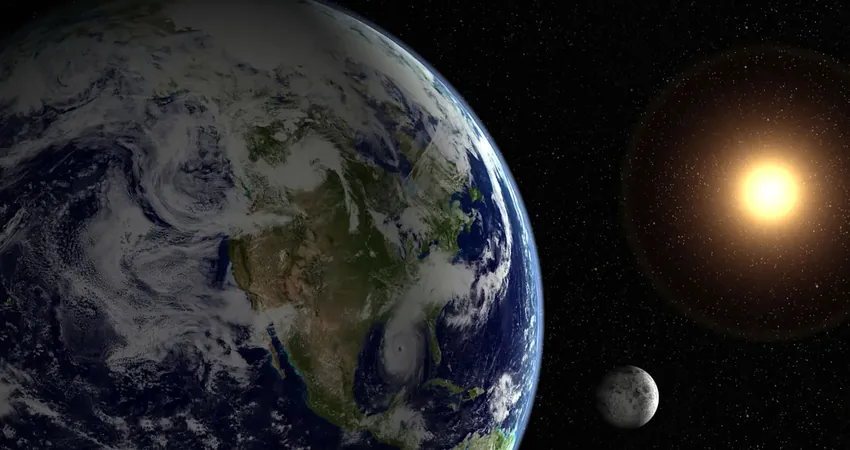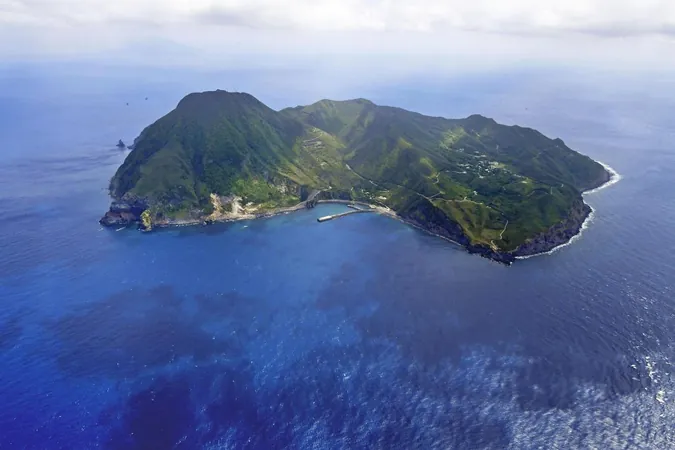
Unveiling the Fruits of the Past: How Ancient Mastodons Shape Our Ecological Understanding
2025-06-15
Author: Daniel
A Groundbreaking Discovery
In a stunning revelation published in *Nature Ecology & Evolution*, researchers have unearthed the first concrete evidence of fruit-eating behavior in the Pleistocene mastodon, *Notiomastodon platensis*. This groundbreaking study, which analyzed 96 fossilized teeth collected over an impressive 1,500 kilometers from Los Vilos to Chiloé Island in southern Chile, highlights the vital role these ancient giants once played in their ecosystems.
Connecting the Dots of History
Led by Dr. Erwin González-Guarda from the University of O'Higgins, the study brings together a stellar international team, including renowned specialists in paleodiet and isotopic analysis. This collaborative effort has shed light on the dietary habits of mastodons, revealing that nearly half of the fossil specimens were gathered from the renowned Lake Tagua Tagua site—the treasure trove of Pleistocene fauna.
The Long-Awaited Validation
Back in 1982, visionary biologist Daniel Janzen and paleontologist Paul Martin proposed a bold theory suggesting that many tropical plants evolved large, sweet fruits to lure massive herbivores like mastodons for seed dispersal. Dubbed the "neotropical anachronisms hypothesis," this theory remained unproven for decades—until now! The study led by González-Guarda has finally affirmed this hypothesis, showcasing not only dietary habits but also ecological consequences.
Decoding the Past
Employing advanced isotopic analysis and dental wear studies, the research team discovered evidence of starch remnants and plant tissues from fleshy fruits, particularly from the Chilean palm (*Jubaea chilensis*). Florent Rivals, an expert in paleodiet, emphasizes this finding as confirmation of frequent fruit consumption, positioning mastodons as crucial players in forest regeneration.
Echoes of an Extinct Relationship
By investigating stable isotope ratios, the team reconstructed a lush forest ecosystem abundant with fruit, revealing how mastodons once traversed vast landscapes, fortifying the plant communities along their paths. "These findings offer a direct glimpse into the ecological functions that these creatures fulfilled long ago," notes Carlos Tornero.
Consequences of Extinction
However, the extinction of these magnificent creatures has disrupted a co-evolutionary partnership that endured for millennia. Alarming trends surfaced when researchers applied machine learning to assess the conservation status of megafauna-dependent plants in South America. Their chilling conclusion: 40% of these plant species in central Chile now face threats, four times higher than in tropical regions where other seed dispersers like monkeys still exist.
A Call to Action
As Andrea P. Loayza, a co-author of the study, states, "The severance of the ecological ties between these plants and animals continues to echo through time, affecting biodiversity and genetic diversity of current populations." Iconic species like the gomortega (*Gomortega keule*) and the monkey puzzle tree (*Araucaria araucana*) now struggle for survival in fragmented habitats.
Paleontology's Modern Relevance
The implications of this research extend far beyond the realm of fossils. It serves as a powerful reminder that understanding our ecological past is crucial to navigating today's environmental crises. As Rivals concludes, "Paleontology helps illuminate not just the narratives of lost worlds, but also the lessons embedded within them—insights that can guide our conservation efforts moving forward."



 Brasil (PT)
Brasil (PT)
 Canada (EN)
Canada (EN)
 Chile (ES)
Chile (ES)
 Česko (CS)
Česko (CS)
 대한민국 (KO)
대한민국 (KO)
 España (ES)
España (ES)
 France (FR)
France (FR)
 Hong Kong (EN)
Hong Kong (EN)
 Italia (IT)
Italia (IT)
 日本 (JA)
日本 (JA)
 Magyarország (HU)
Magyarország (HU)
 Norge (NO)
Norge (NO)
 Polska (PL)
Polska (PL)
 Schweiz (DE)
Schweiz (DE)
 Singapore (EN)
Singapore (EN)
 Sverige (SV)
Sverige (SV)
 Suomi (FI)
Suomi (FI)
 Türkiye (TR)
Türkiye (TR)
 الإمارات العربية المتحدة (AR)
الإمارات العربية المتحدة (AR)